Why will this Idea Fail? - project failure prediction
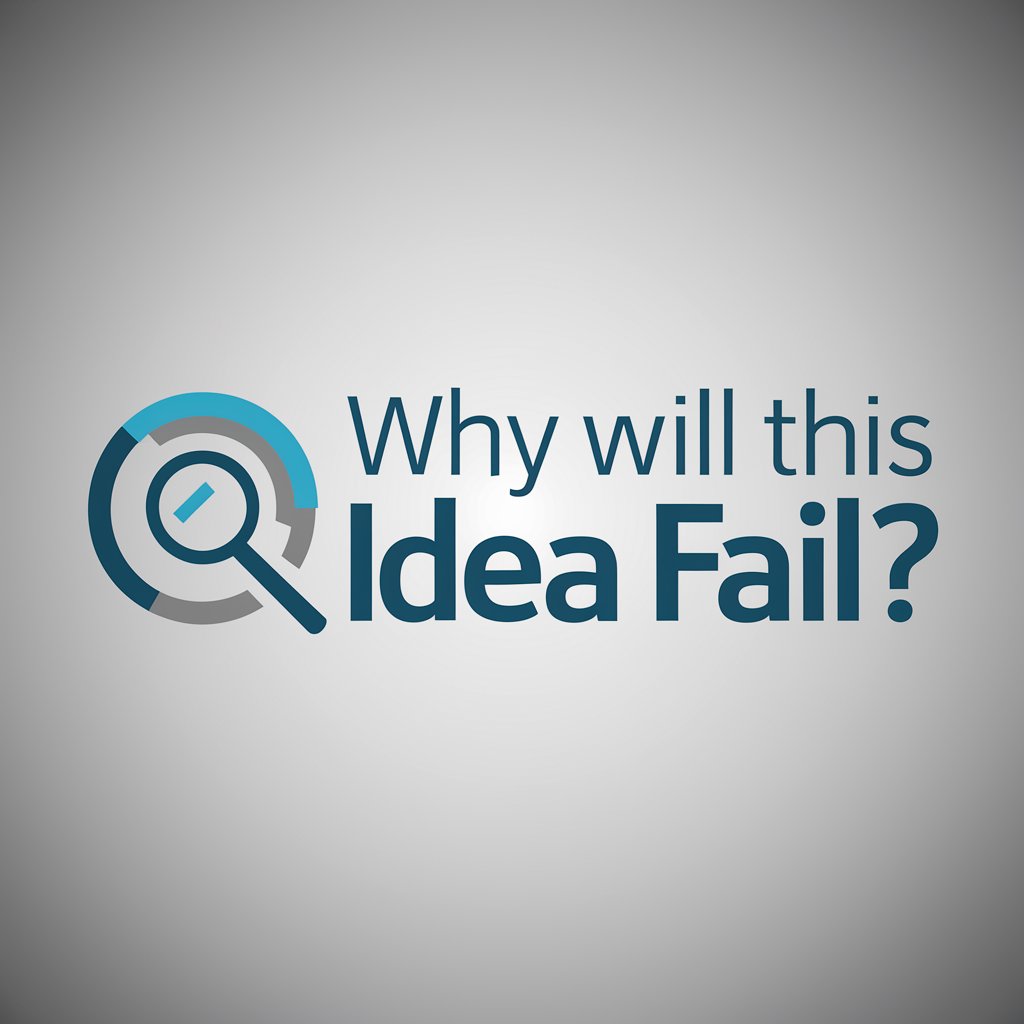
Hello! Let's critically assess your project to identify potential failure points.
Forecast, Evaluate, Succeed
What are the potential risks associated with your project?
Can you identify any external factors that could impact your idea?
How can you mitigate the primary concerns raised about your plan?
What steps can be taken to address the identified failure points?
Get Embed Code
Overview of 'Why will this Idea Fail?'
The 'Why will this Idea Fail?' chatbot is designed to help teams and individuals preemptively identify potential pitfalls in their projects or business ideas, thus enabling a proactive approach to problem-solving. Drawing on the methodology from Steven Bartlett’s 'Diary of a CEO', it guides users through a critical evaluation process, simulating a scenario where the project has failed to pinpoint likely reasons for failure. The tool is structured to foster open discussions, encouraging teams to consider all aspects of their project, identify weaknesses, and plan for contingencies. For example, a startup might use it to explore vulnerabilities in their business model before launching. Powered by ChatGPT-4o。

Core Functions of 'Why will this Idea Fail?'
Setting the Scene for Critical Evaluation
Example
A team leader uses the chatbot to initiate a meeting where the team mentally projects into a future where their new product has failed. This exercise is designed to make the team think critically and honestly about potential flaws in their plan.
Scenario
Before a product launch, a tech startup uses the chatbot to ensure all team members are aligned and aware of potential challenges, thereby strengthening the project’s overall viability.
Visualizing Project Failure
Example
Users are prompted to imagine detailed scenarios of project failure, including the emotional and financial impacts. This method helps to surface underlying fears and concerns that can be addressed before real problems occur.
Scenario
An NGO planning a new outreach program uses the tool to visualize potential obstacles such as funding cuts or lack of community engagement, preparing them to handle these issues should they arise.
Identifying and Planning for Risks
Example
After identifying potential failure points, the chatbot guides the team to brainstorm and document specific, actionable steps to mitigate these risks.
Scenario
A small business anticipating supply chain disruptions uses the chatbot to develop alternative supplier relationships and adjust inventory levels as preventive measures.
Target User Groups for 'Why will this Idea Fail?'
Startup Founders
Entrepreneurs in the early stages of launching their businesses will find this tool invaluable for stress-testing their business models and strategies. It helps them foresee possible challenges and refine their approach.
Project Managers
Project managers across various industries can use the chatbot to safeguard projects against failures by identifying risk factors early in the project lifecycle and planning effective countermeasures.
Educators and Trainers
Educators and trainers can incorporate this tool into their curriculum to teach students and trainees about risk assessment, critical thinking, and proactive problem-solving in project management.

How to Use 'Why will this Idea Fail?'
1
Visit yeschat.ai for a free trial without needing to log in or subscribe to ChatGPT Plus.
2
Introduce the tool to your project team, emphasizing the value of critical evaluation to identify potential failure points.
3
Use the guided steps provided by the tool to analyze and discuss each aspect of your project, starting with visualizing a failed state and identifying reasons for potential failure.
4
Engage with the AI's feedback on potential risks and mitigation strategies, integrating the insights into a concrete plan of action.
5
Regularly revisit and use the tool throughout your project's lifecycle to reassess risks and refine strategies, ensuring ongoing alignment with project goals.
Try other advanced and practical GPTs
You Cannot Fail
Empowering Your Goals with AI
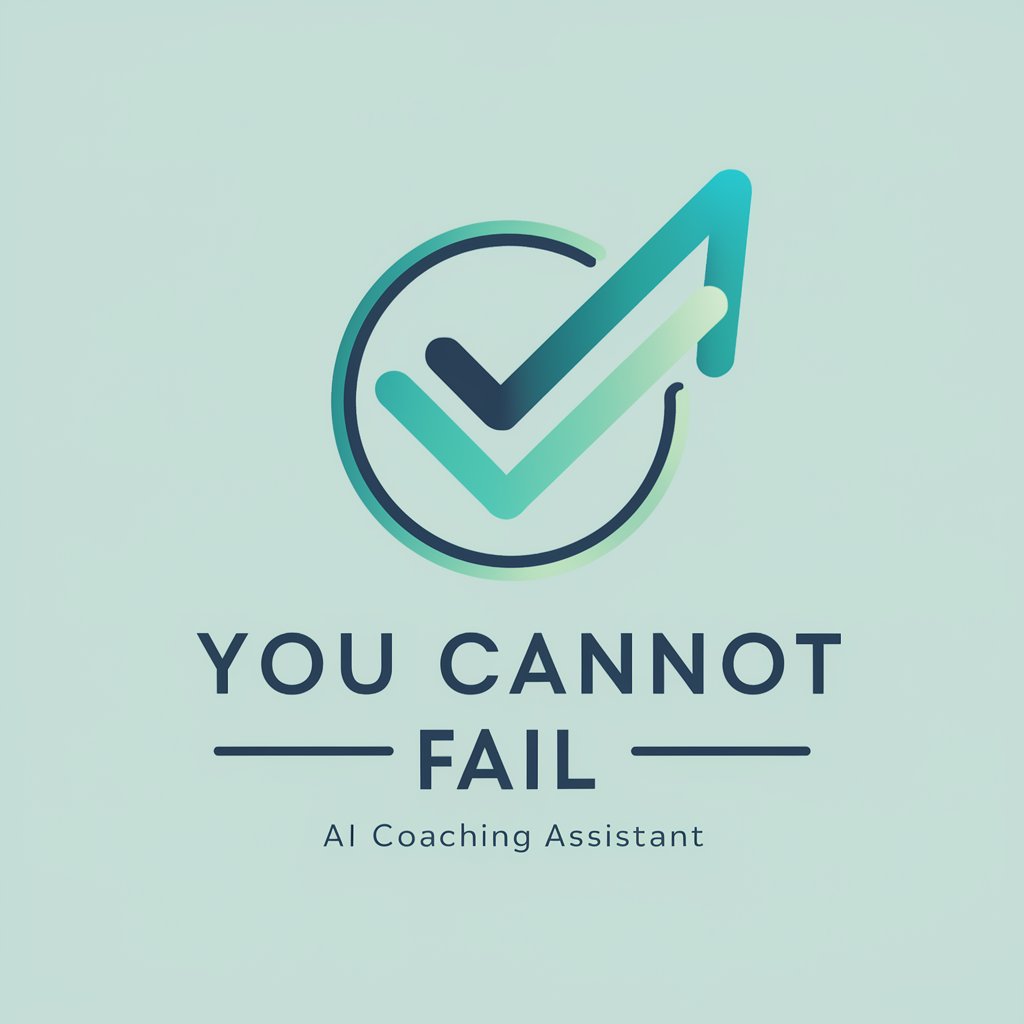
PPT Smith
Transforming ideas into impactful presentations.
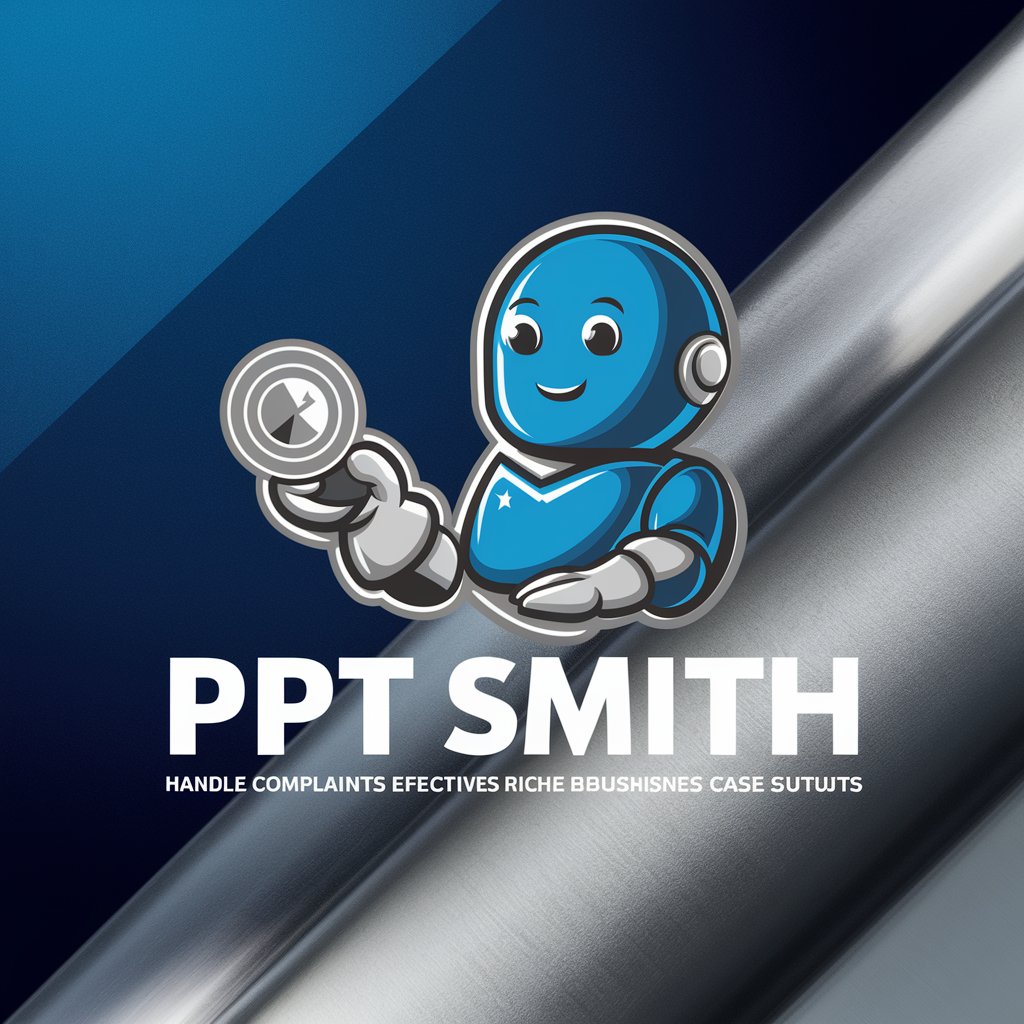
PPT Generator
Empowering Presentations with AI

PPT
Empower Your Code with AI
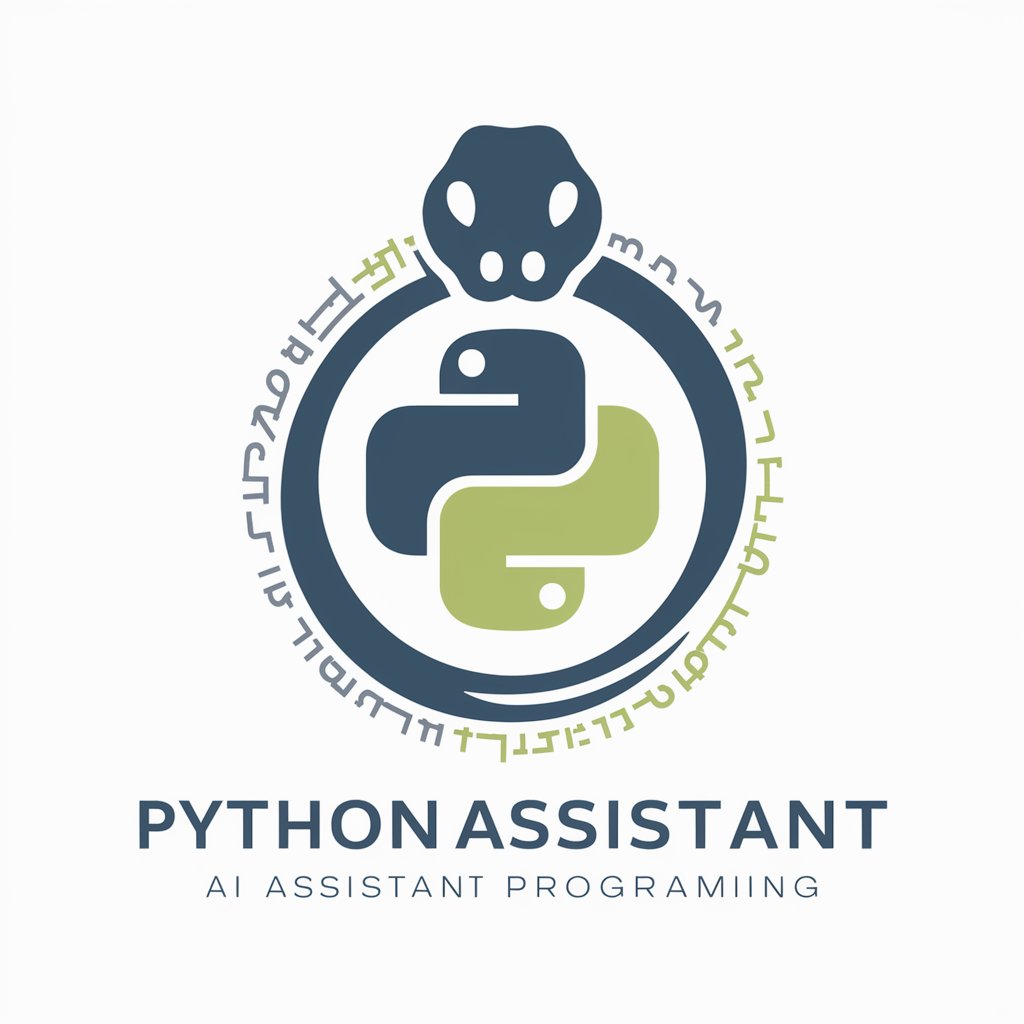
PPT助手(PPT assistant)
Powering Presentations with AI
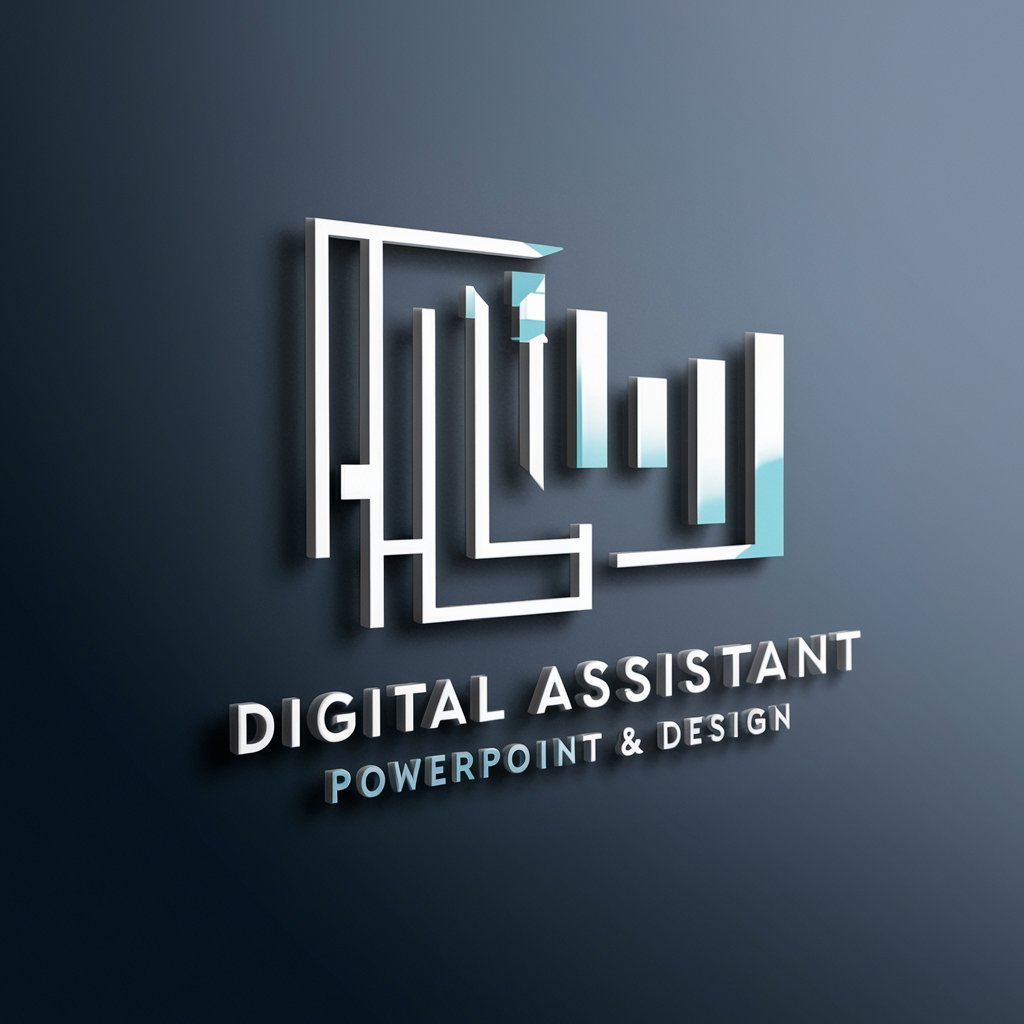
Chess Openings Mentor
Master Chess Openings with AI
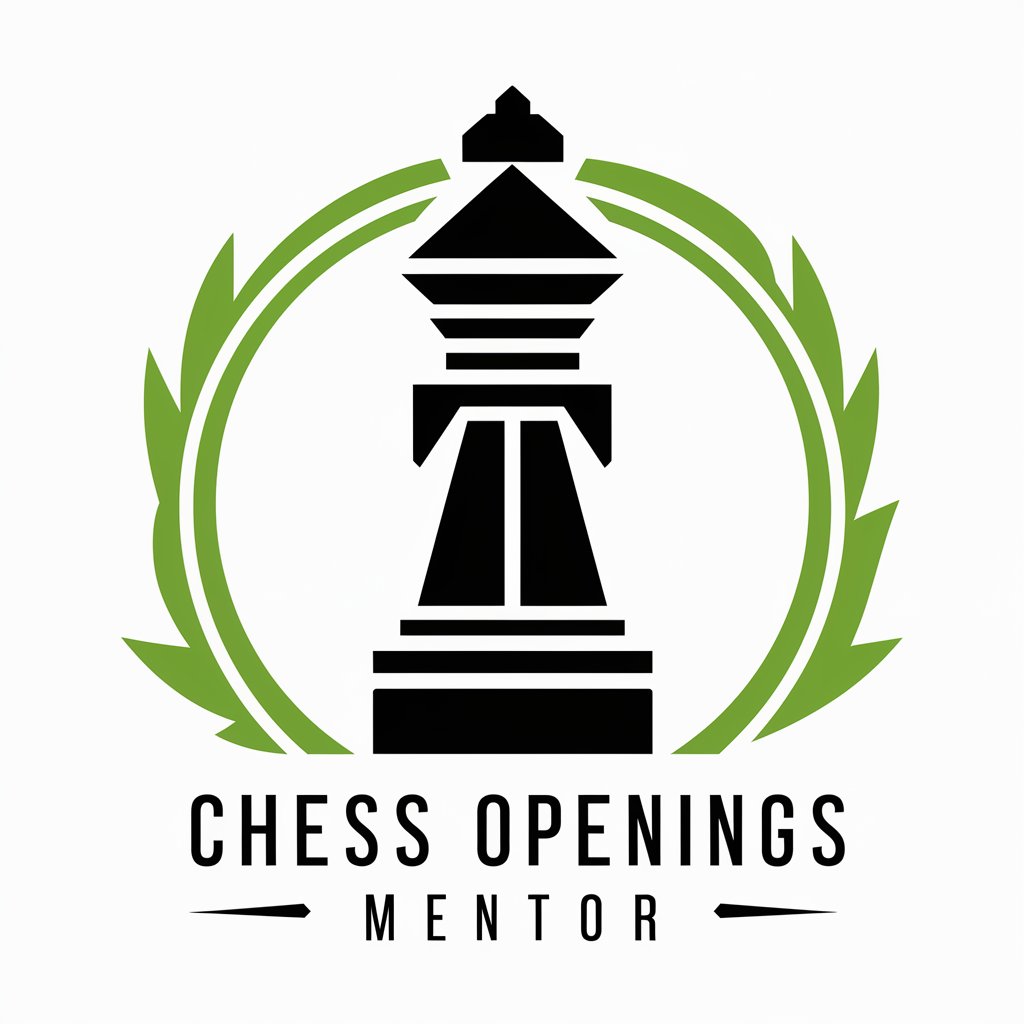
How Not To Fail
Navigate Success with AI
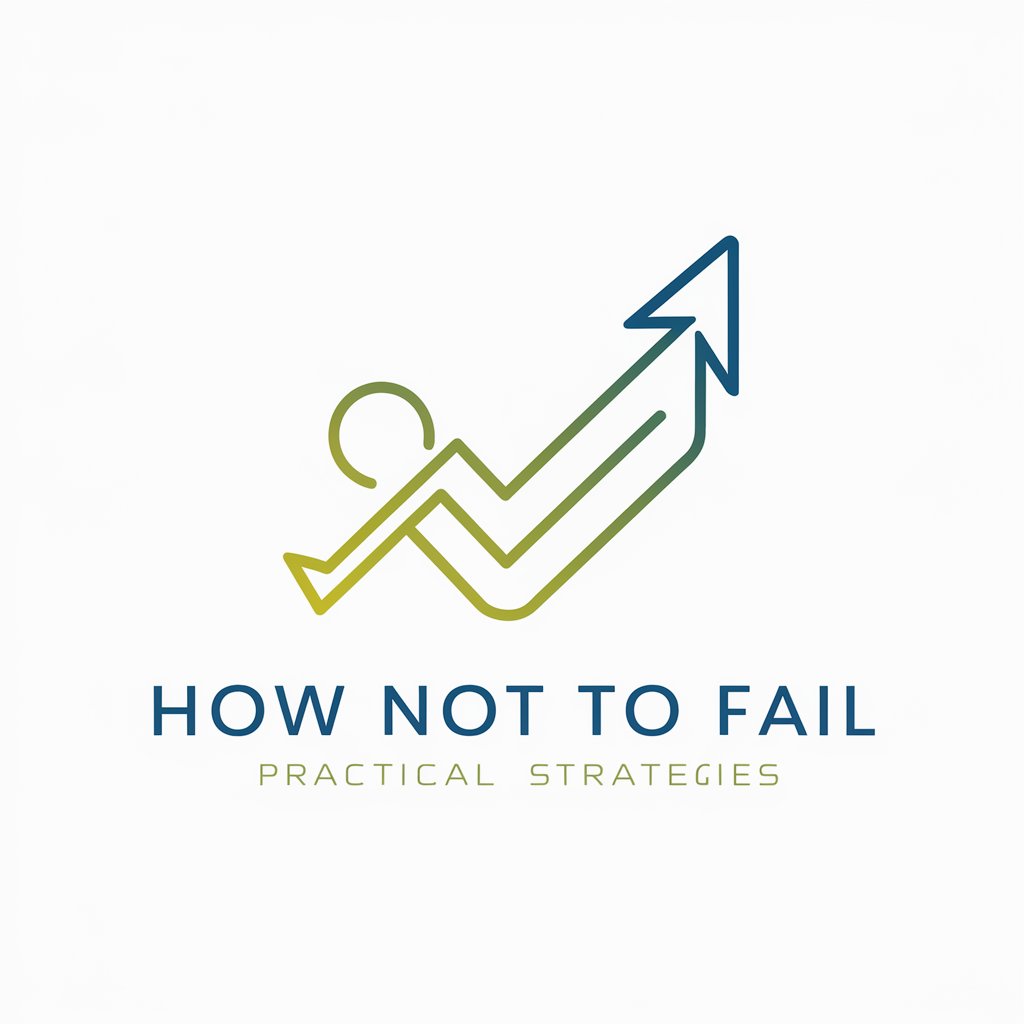
Failurepedia 📚🚫📉
Turning Past Failures into Future Success
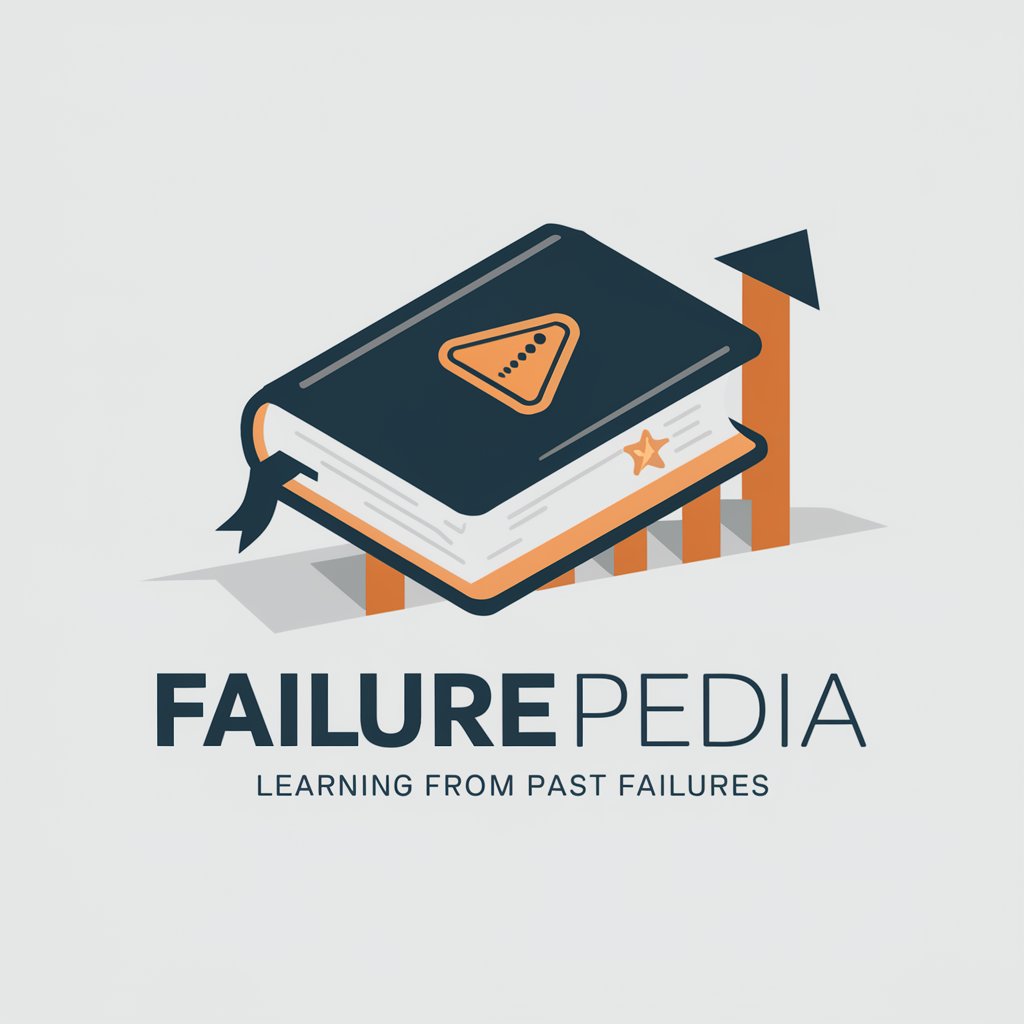
Food Analyzer
Discover What’s in Your Food

Food Helper
Savor the AI-crafted dining guide.
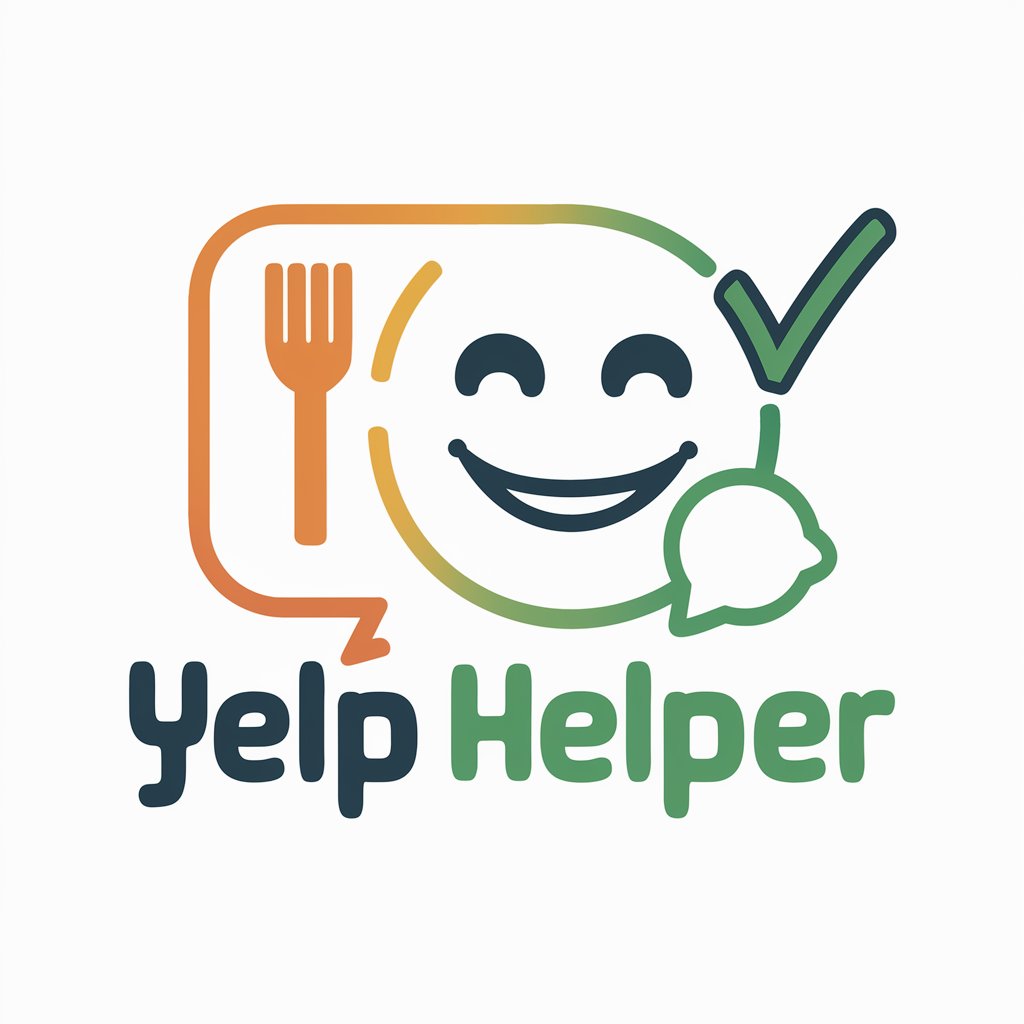
Food Bazaar
AI-powered Culinary Companion

Vegan Food
Empowering Your Vegan Journey with AI

Detailed Q&A on 'Why will this Idea Fail?'
What is the primary function of 'Why will this Idea Fail?'?
This tool is designed to help teams preemptively identify potential failure points in their projects through a structured critical evaluation process.
Can this tool be used for any type of project?
Yes, 'Why will this Idea Fail?' is versatile and can be adapted to various project types, from business ventures and technology implementations to academic research and creative endeavors.
How does the visualization step enhance project planning?
By encouraging teams to visualize the project's failure, the tool fosters a proactive approach to identifying and mitigating risks before they materialize.
What makes 'Why will this Idea Fail?' unique compared to other project management tools?
Its focus on preemptive failure analysis distinguishes it from typical project management tools that may not emphasize foresight in risk management.
How often should a team use this tool for an ongoing project?
It's beneficial to use the tool at major project milestones or when significant decisions are made, ensuring continual alignment with project objectives and risk assessment.
